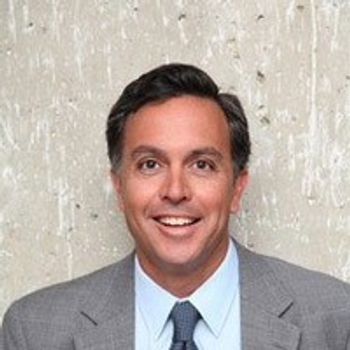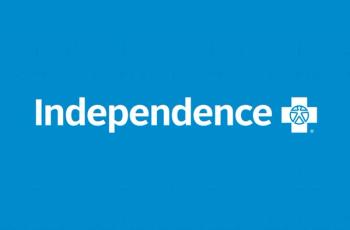
Is It Safe To Fly?
Even experts with deep knowledge of SARS-Cov-2 transmission are split on the question of whether it is safe to get on an airplane these days as the number of COVID-19 cases in the United States.
The verdict was split.
Monica Gandhi, M.D., M.P.H., an infectious disease expert at USCF, was in agreement with Edmond and said she would fly but would be certain to wear a mask.
Airborne transmission: Droplet vs. aerosols?
Aside from ventilation and airlflow, one of the main issues with the safety of airplane travel — indeed, the safety of any activity that brings people together — is characteristics of airborne transmission of SARS-CoV-2.
Milton, as an aerosol expert, used a different classification system and nomenclature. But in many contexts, airborne transmission is divided into respiratory droplets and aerosols. Respiratory droplets are fairly large (greater than 5 micrometers in diameter) and don’t travel very far because of their size. They fall to the ground within three to six feet of the person producing them and don’t stay airborne very long. Aerosols are, by comparison, tiny (less than 5 micrometers) and can travel great distances and stay in the air for long periods. They have been compared to pollen or smoke particles.
Much of the current strategy against stopping the spread of SARS-CoV-2 — especially masks and staying six feet apart from each other — is predicated on SARS-Cov-2 being transmitted largely droplets. Aerosols could get through and around many masks, and keeping six feet apart wouldn’t make much difference if SARS-CoV-2 bobs around in the air in aerosols for long periods and over relatively long distances.
In an opinion piece in this week’s JAMA, Michael Klompas, M.D., M.P.H., Meghan A. Baker, M.D., Sc.D., and Chanu Rhee, M.D., M.P.H., of Brighman and Women’s Hospital in Boston go through the evidence of whether SARS-CoV-2 is spread by droplets or aerosols. Anyone interested in the topic should read their piece for themselves; the full text is available
In his UCSF grand rounds presentation, Milton compared measles, which is spread through aerosols and can infect people who are not in close proximity to the infected person, with tuberculosis, which tends to transmitted only when there is proximity to the infected person for relatively long periods of time. “This is a lot more like TB than measles in terms of the source strength of aerosols,” he said of SARS-CoV-2.
What does the CDC say about flying?
CDC doesn’t take a strong stand on whether it is safe to fly or not in its public messages about travel. The federal agency’s
What has been the actual experience on airplanes? Have people contracted COVID-19 as airline passengers?
A July 7
But the report also says that an “informal survey” of 18 airlines by the association identified four instances of in-flight transmission from passengers to crew members and four other instances of pilot-to-pilot transmission that didn’t necessarily occur during a flight.
The IATA report also mentions an investigation that involved public health authorities and four airlines that identified 1,100 passengers who had confirmed cases of COVID-19 (preumably this was in the early days of the pandemic). The flights they were on had 125,000 fellow passengers. One passenger and two crew members were possibly infected through in-flight transmission, according to the IATA.
Newsletter
Get the latest industry news, event updates, and more from Managed healthcare Executive.






















































